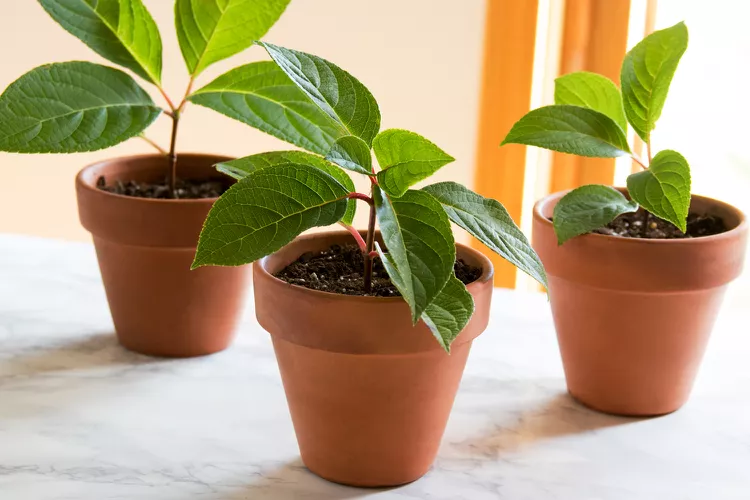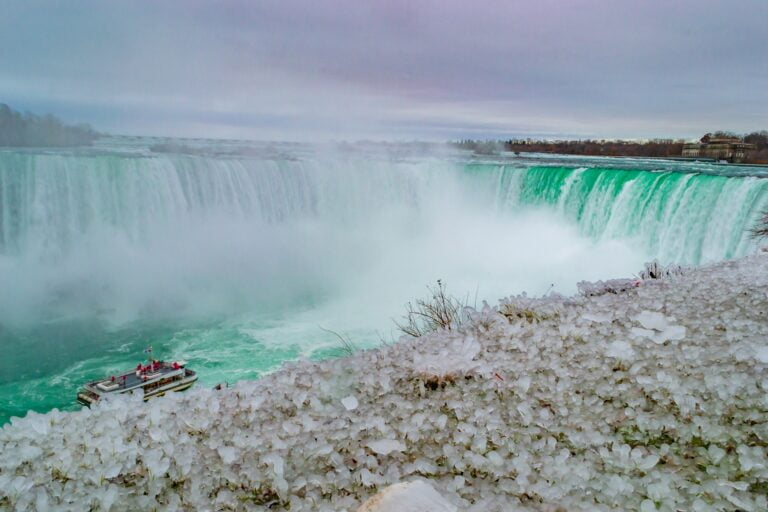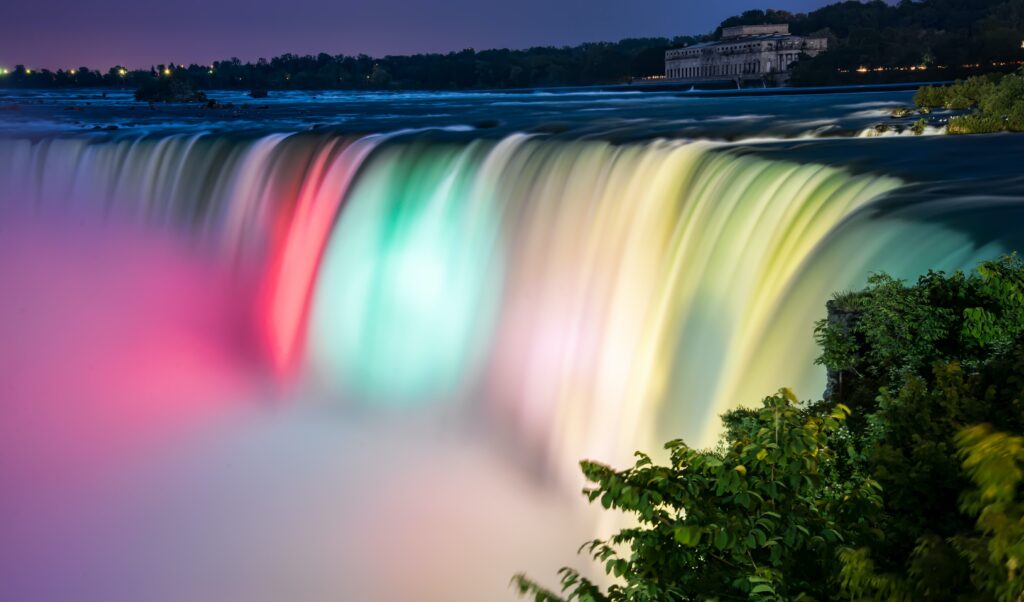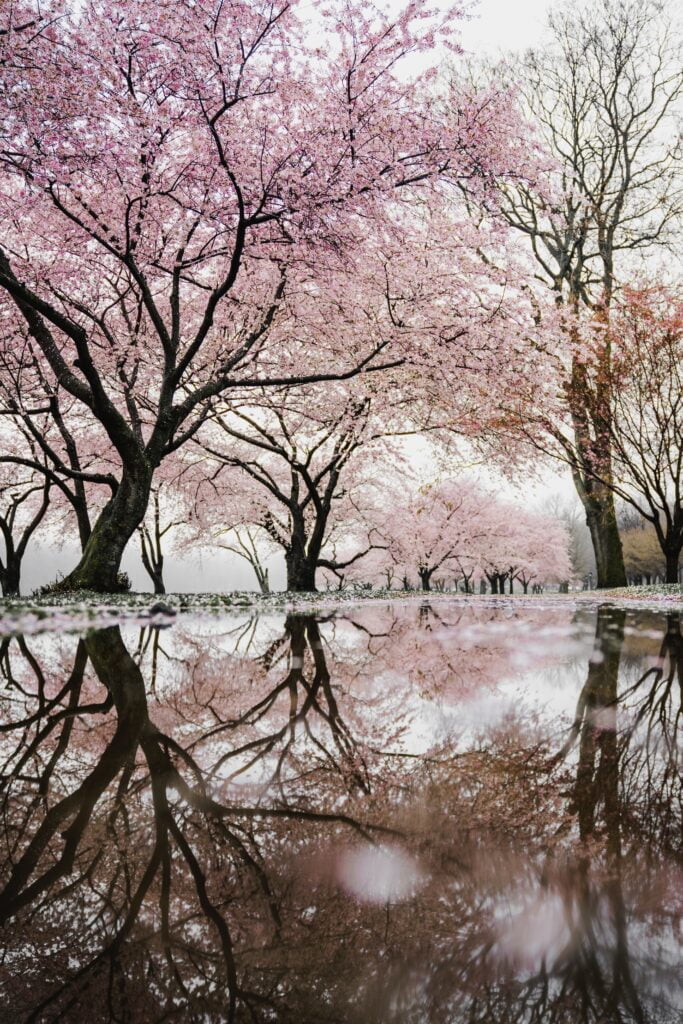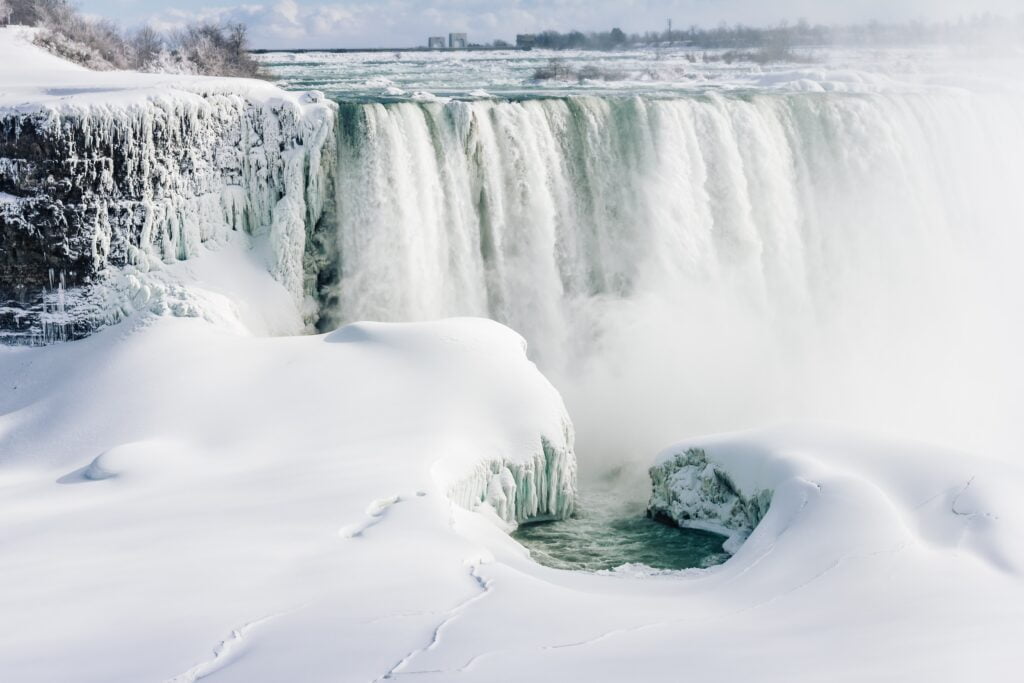How to Grow Plants Faster and Bigger at Home
Many perennials, shrubs, and herbs can grow roots from their snipped stems. Use this simple propagation technique to expand your plantings for no extra cost.
1. Find a place for your plant:
We all know that plants need light to stay alive, and the best source for that is natural light. So ideally, the best spot to put your indoor plants would be beside a window. Most plants would need bright but indirect light, but edible plants love full sunlight!

Image Source: pexel.com
2. Select your plant :
Starting a garden can be an overwhelming project, especially if you’re unfamiliar with the nearly endless variety of plants out there. Before you drop a single seed, take a look at the unique conditions of your planned garden space and do some research into the kind of plants that will have the best chance of survival there. You can then pick out a few specific species that suit your tastes and tailor your cultivation methods to make sure they grow big, beautiful, and abundant.
We can select the plant according to the weather and also according to the location.

Image Source: pexel.com
3. Choose your container :
Clay pots are attractive, heavy (ideal for big plants), and porous (excellent for bromeliads, cacti, ferns, orchids, and succulents). However, clay pots require more frequent watering and are challenging to clean. Plastic and fiberglass pots offer several advantages
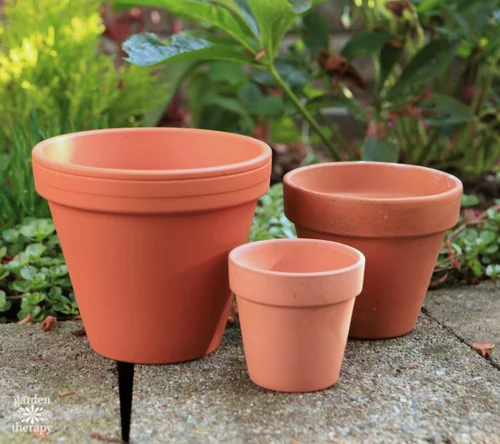
Image Source:m.indiamart.com
4. Fix the Drainage :
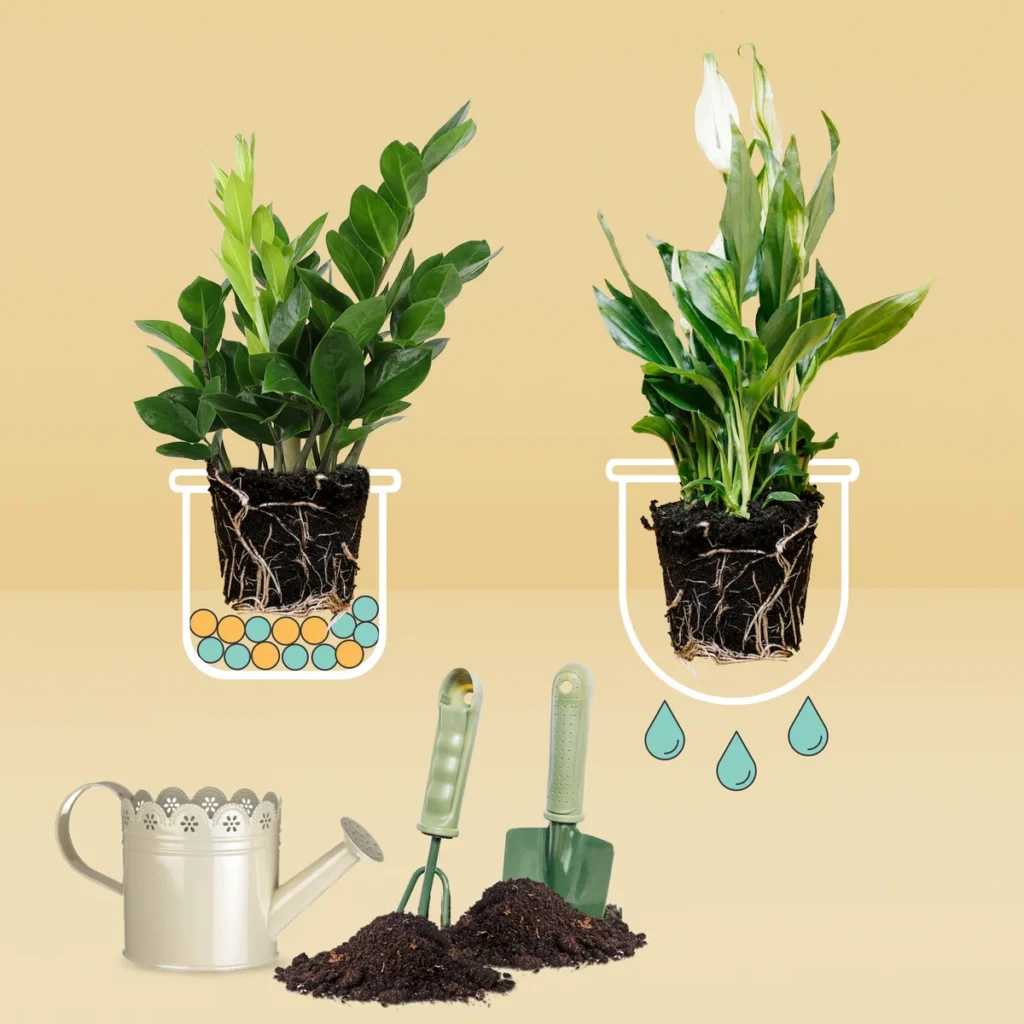
Image Source:pexel.com
The secret is to add coarse materials that create texture and add air spaces in the potting medium. Changing the composition allows for a higher or lower perched water table and can help increase drainage without losing a lot of soil.
Struggling with water-logged plants? Notice puddling on the surface of your soil when you water? Your indoor plants probably have poor soil drainage.
This is a common plant parent problem and a frustrating one. But luckily, the secret to keeping your plants healthy and happy might be as easy as creating better soil drainage. And how do you do that? We’ll tell you in this article!
5. Fill your Pot :
We will fill the plant pot with soil and apply fertilizer according to our needs. Compost fertilizer is very famous these days. We can also use compost manure for the growth of plants in pots.
You should fill your containers as fully as possible, about ¼ – ½” from the top. The potting soil will settle as it’s watered, and the plant’s roots need as much space to grow as possible.
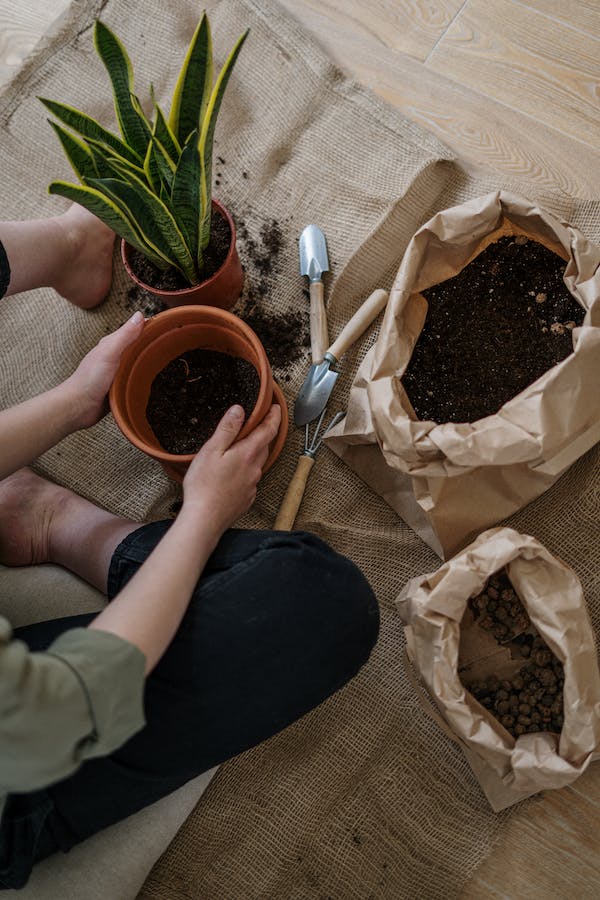
Image Source:pexel.com
6. Watering:
Water is very important for plants. There should be a complete arrangement of water for plants.
Maintain good soil moisture levels. Water less often, but thoroughly.Water late in the evening or early in the morning. Keep leaves dry to avoid diseases. Ensure the water reaches the roots.
Apply gradually to allow water to fully penetrate the soil without run-off.
USEFUL LINKS:
HOW TO GROW YOUR OWN PLANTS FROM SEED
